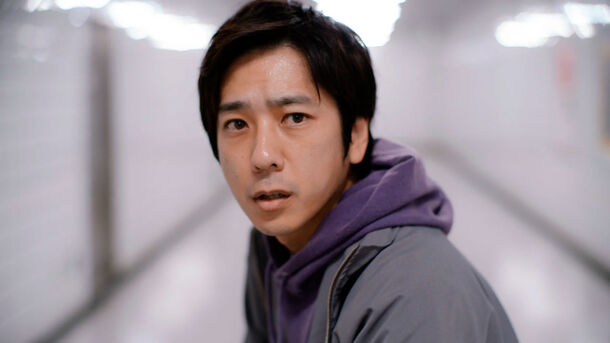Review of 'Exit 8' from Cannes: A Surreal Journey Through Tokyo’s Subway

A rare game-based film that truly feels like a game.
Director Genki Kawamura’s Exit 8 (Japan, 2025, 95 minutes) opens with Ravel’s Bolero, but one might as well imagine Bob Dylan crooning, “There must be some way out of here…” Based on a notable video game, the film unfolds like a nightmarish twist on the classic Seinfeld episode about being trapped in an underground car park. Here, however, the setting is a Tokyo subway station and a seemingly endless corridor that evokes purgatory or the labyrinthine recesses of the human mind.
Kawamura, known for his 2022 drama A Hundred Flowers which explored dementia through visual and temporal devices, employs similar techniques in Exit 8, but for a vastly different effect. The film cleverly transforms the repetitive nature of its game source into an engaging, if occasionally mechanical, cinematic puzzle. Echoes of Vincenzo Natali’s Cube and the surreal Japanese entrapment film Symbol (2009) resonate throughout. Exit 8 is a rare adaptation that genuinely captures the feel of a game, complete with perplexing rules, and it is poised to secure cult status beyond Japan.
The protagonist, a nameless ‘Lost Man’ (Kazunari Ninomiya), commutes on the Tokyo subway, surrounded by commuters absorbed in their phones, save for one man angrily confronting a mother with a crying baby. After disembarking, the Lost Man receives a call from his ex, delivering potentially life-altering news he is unprepared for. This sequence, executed in a long, immersive POV take, sets the stage for his ordeal in a twisting corridor leading to the elusive Exit 8.
Alone except for a robotic ‘Walking Man’ (Yamato Kochi), the Lost Man encounters a noticeboard warning of ‘anomalies’ — entities he must avoid. As other figures appear, he must discern whether they are fellow captives or anomalies themselves.
The film’s long takes and circular camera work render the brightly lit tiled passage seemingly infinite, heightening disorientation. The suspense hinges on the hope and dread of discovering something new around each bend. Just when the narrative seems stuck, Kawamura introduces unexpected twists that propel the story forward.
Though no clear explanation is offered, a mysterious figure provides speculative insight. Gradually, it becomes apparent the Lost Man’s predicament reflects his real-life struggles and a moral transgression that triggered this journey. This theme of social and personal conscience elevates Exit 8 beyond its gaming roots, though the handling can verge on sentimental.
The film’s best moments deftly mislead both audience and characters. A particularly jarring, jump-scare-heavy segment disrupts the flow, but otherwise, allusions to The Shining and M.C. Escher’s infinite loops lend the film unsettling coherence. Ryo Sugimoto’s production design imbues the mundane subway with a dreamlike quality. Ninomiya’s performance oscillates between desperation and resolve, while Kochi adds an eccentric unpredictability, grounding the surreal narrative in human emotion.
